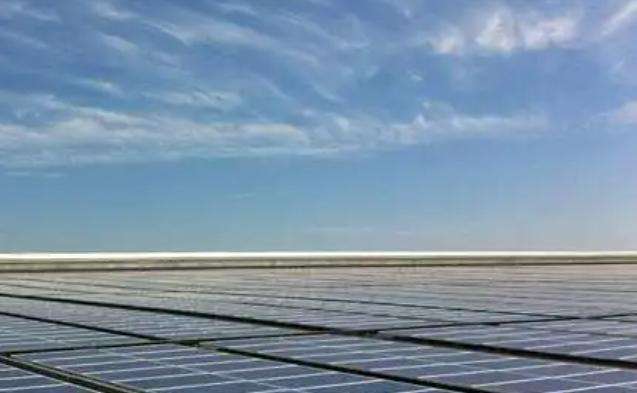Step 1: Make a film of titanium dioxide. First, put the titanium dioxide powder into a mortar and grind it with a binder. Then slowly apply a film to the conductive glass with a glass rod and place the titanium dioxide film underneath. an alcohol lamp to sinter for 10 seconds ~ 15 minutes, then cool.
Step 2: Use natural fuel to color the titanium dioxide. Squeeze fresh or frozen black plums, mountain plums, pomegranate seeds or black tea with a tablespoon of tax, then put the titanium dioxide film on it. and tinted, it will take about 5 minutes until the film turns dark purple. If the coloring is uneven on both sides of the film, you can put it on and soak it for 5 minutes, then rinse it with ethanol and gently dry it with soft paper.
Step 3: Make the counter electrode. The battery needs a posi electrodetive, and of course, it also needs a counter electrode. The positive electrode, like the counter electrode, is made of a conductive SnO2 film. You can use a simple multimeter to determine which side of the glass is conductive. You can also use your fingers to determine which side of the glass is rough. Mark the non-conductive side with a "+", then use a pencil to evenly apply a layer of graphite to the conductive side.
Step 4: Add electrolyte. Use a solution containing iodide ions as the electrolyte of solar cells. It is mainly used to reduce and regenerate fuel. Simply add one to two drops of electrolyte onto the surface of the titanium dioxide film.
Step 5: Assemble the battery. Place the colored titanium dioxide film on the table. Place one or two drops of electrolyte containing iodine and iodide ions on the film, then place the surfacedirector of the film. counter electrode Press the titanium dioxide membrane. Offset the two pieces of glass slightly so that the exposed part can be used as the electrode for the test. Secure the battery with two clips and your solar cell is ready.
Step 6: Test the battery under outdoor sunlight. You can get an open circuit voltage of 0.4 V and a short circuit current of 1 mA/cm2. solar cells.
The general installation angle of street light solar panels is determined according to the local latitude and the altitude angle of the sun. Generally speaking, the installation angle of street light solar panels should be equal to the local latitude in order to maximize the reception of solar radiation energy.
The installation angle of solar panels for street lights has a significant impact on their performance and efficiency. If the installation angle is too small, the pSolar street light rings will not be able to fully receive energy from solar radiation, thus affecting their electricity generation efficiency. If the installation angle is too large, the street light solar panels will receive excessive solar radiation energy, resulting in wasted energy and overheating of the panels.
In the northern hemisphere, the installation angle of solar street lighting panels is generally around 15 degrees latitude. For example, if the local latitude is 30 degrees, the installation angle of solar panels for street lights should be around 45 degrees. This installation angle allows solar panels to receive energy from solar radiation vertically most of the time, maximizing power generation efficiency.
Of course, solar street lightsThe installation angle of battery panels can also be adjusted according to local conditionsspecific. For example, if the local solar altitude angle is low, the installation angle can be increased appropriately to improve reception efficiency. If the local solar altitude angle is high, the installation angle can be reduced appropriately to avoid energy waste and panel overheating.
In short, the installation angle of street lighting solar panels should be determined according to the local latitude and altitude angle of the sun, in order to maximize the reception of light. energy from solar radiation and improve the efficiency of electricity production. At the same time, fine adjustment is carried out according to the specific local conditions to achieve the best installation effect.














